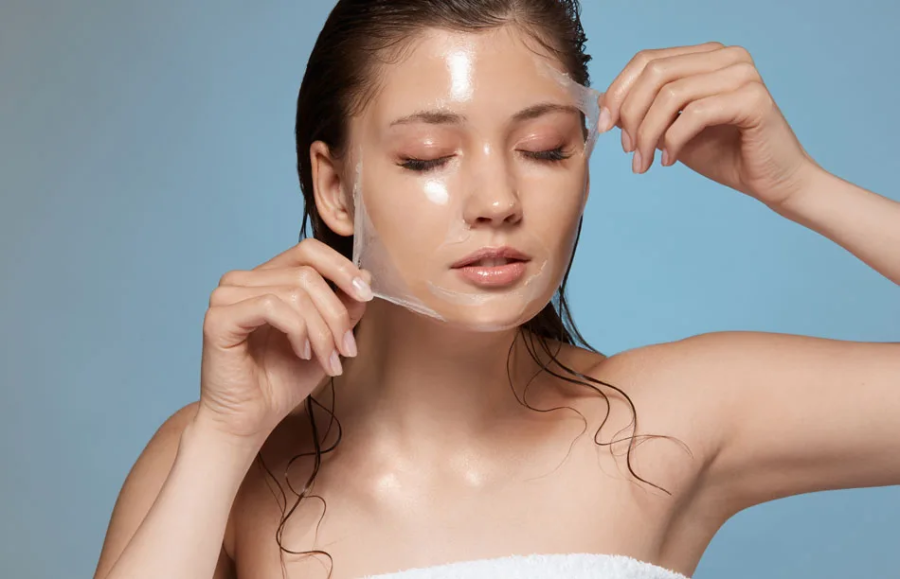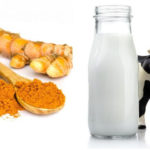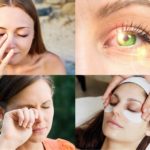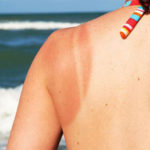Peel da is a method that uses chemical substances (often derived from nature) to exfoliate the aging, dead skin cells and stimulate the production of collagen. This helps improve skin issues such as aging, blackheads, and hyperpigmentation…
Peel da consists of 3 levels: shallow peel da, medium peel da, and deep peel da. The shallow level is safe to perform at home.
Can dry skin be peeled?
Dry skin can definitely be peeled. Typically, dermatologists recommend preparing the skin 2 to 6 weeks prior to a peel to address any skin issues. If the skin is dry, it needs to be moisturized and nourished with serums and moisturizers. In addition, sensitive skin conditions such as irritation or undergoing invasive procedures should avoid peeling without consulting a doctor.

Doctors will note that some cases should not undergo peeling such as infection, chronic skin diseases, viral skin conditions, precancerous conditions, skin cancer, hypertrophic scars, keloids, thin or sensitive skin, pregnant or breastfeeding women, recent surgery or facial procedures.
Considerations when peeling dry skin
– Thoroughly research peel products: You should choose peel products with transparent ingredient lists. If unsure, consult with a dermatologist.
Many of these products contain film-forming agents that create a “peeling” sensation, but they are not good for the skin and can weaken it.
– Properly perform the peel with the appropriate concentration: Before applying the peel to the entire face, test it on a small area on the back of your hand to check the skin’s reaction.
Follow the recommended usage time for the product, for example, 5 to 10 minutes. The safe frequency for peeling dry skin is usually once a week.

– Properly care for and restore the skin:
Moisturize and soothe the skin promptly to aid in its recovery. Gently cleanse the skin and use nourishing products that contain ingredients such as vitamin E, hyaluronic acid, and glycerin. These ingredients help nurture the skin and strengthen its protective barrier, promoting skin recovery after peeling.
Don’t forget to apply sunscreen to protect the sensitive skin. It is best to apply sunscreen 30 minutes before sun exposure.



































